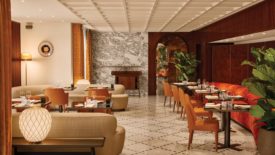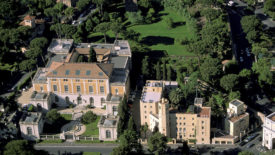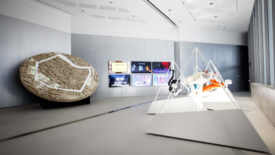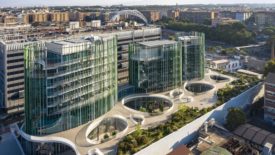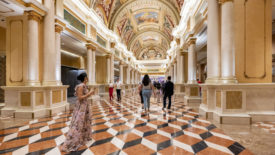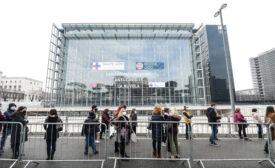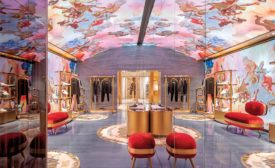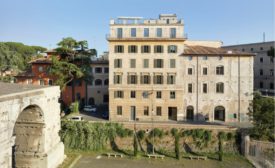Home » Keywords: » Rome
Items Tagged with 'Rome'
ARTICLES
In 'Residentialism,' Lina Malfona Echoes Deconstructivism in Suburban Rome
Review: ‘Residentialism: A Suburban Archipelago’ by Lina Malfona
Read More
"From Las Vegas to Rome: Photographs by Iwan Baan" Opens at the American Academy
"From Las Vegas to Rome: Photographs by Iwan Baan" is on view in Rome through the end of November
Read More
Copyright ©2024. All Rights Reserved BNP Media.
Design, CMS, Hosting & Web Development :: ePublishing
.jpg?height=168&t=1714060874&width=275)

